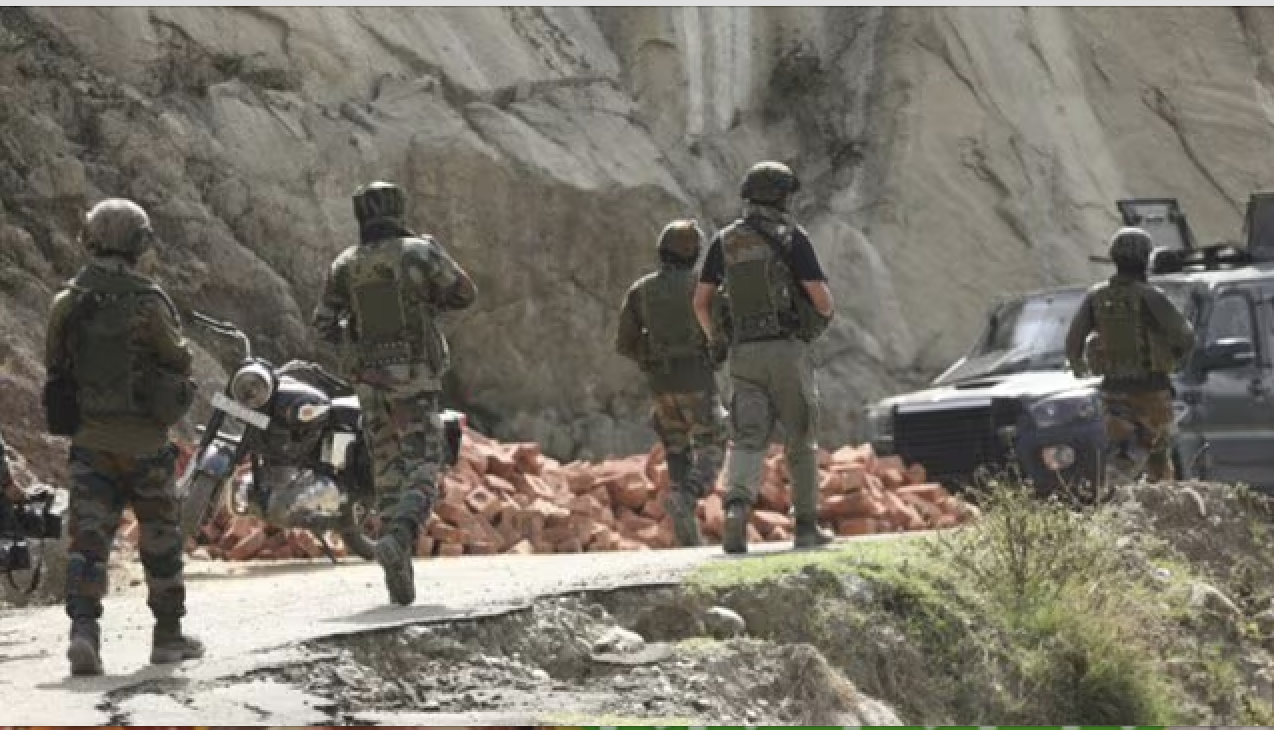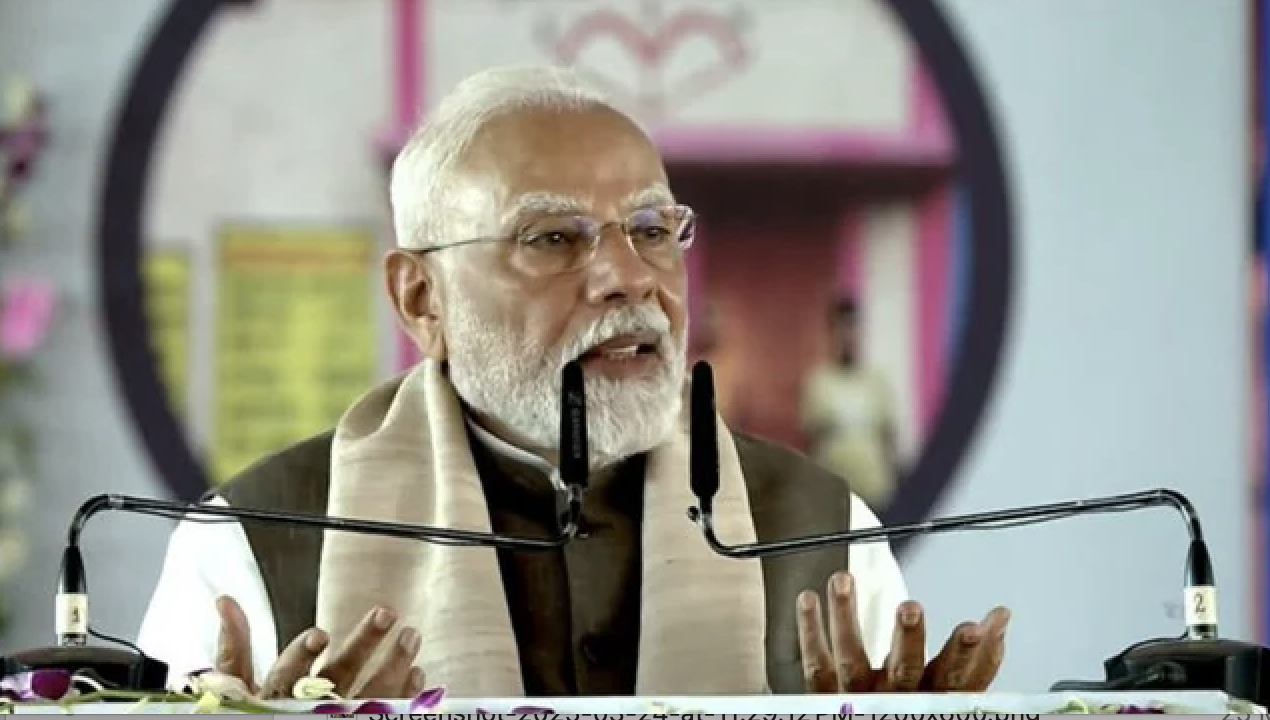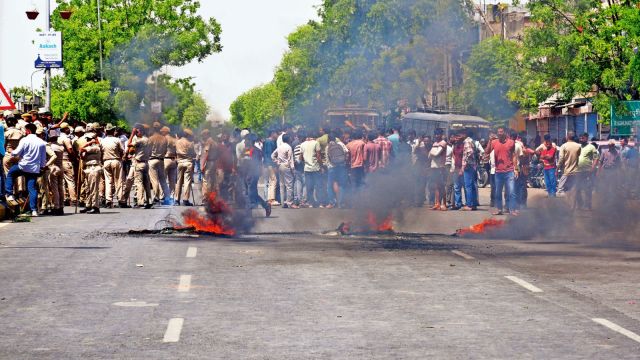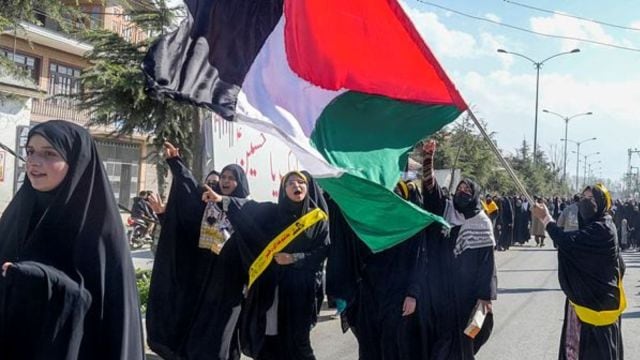By Ram Puniyani
The ideologies of the RSS and B.R. Ambedkar can be called two opposite poles of the Indian political spectrum. While Ambedkar stood for the annihilation of caste, struggled for democratic values and marched towards social justice, the RSS stands for the status quo and the revival of the hierarchical value system of pre-modern times.
It is ironic that despite these core contradictions, RSS ideologues try to make a show of paying respect to Ambedkar in various forums, including celebrating his birth anniversary. So in a way, it was not surprising when RSS chief Mohan Bhagwat in his annual Vijyadashami speech on October 24 called upon his followers to read speeches of Ambedkar, particularly the last two speeches delivered by him in the Constituent Assembly. Bhagawat went to the extent of putting Ambedkar in the same category as RSS founder and first sarsanghchalak (chief) K.B. Hedgewar.
Usually, the response of RSS types to Ambedkar’s quest for equality has been to oppose his efforts at an ideological level under the garb of ‘our glorious past’.
As such, the struggle for social justice which initially came up in the form of the ‘Non-Brahmin Movement’ in the Nagpur area of Vidarbha was one of the major reasons for the landlord-Brahmin alliance of this region to form RSS. In Maharashtra, this alliance is called Shetji-Bhatji. The Dalit awakening began with Jyotirao Phule who struggled to open schools for oppressed castes. It was backed up and enhanced by Ambedkar starting the newspaper Mooknayak in 1920 and the Bahujan Hitkarini Sabha in 1923. These might have added tremendously to the awakening.
Later in his pursuit of social justice Ambedkar organised the Chavdar Tale Satyagraha (access to public drinking water for Dalits) in 1927 and the Kalaram Temple entry movement in 1930. The RSS itself is never known to have come forward to support these movements of Babasaheb. Among upper caste leaders, it was only Gandhi who took up the issue of caste most seriously and devoted time to improving the plight of Dalits in the years after the Poona Pact of 1932.
This story was originally published in thewire.in. Read the full story here .






